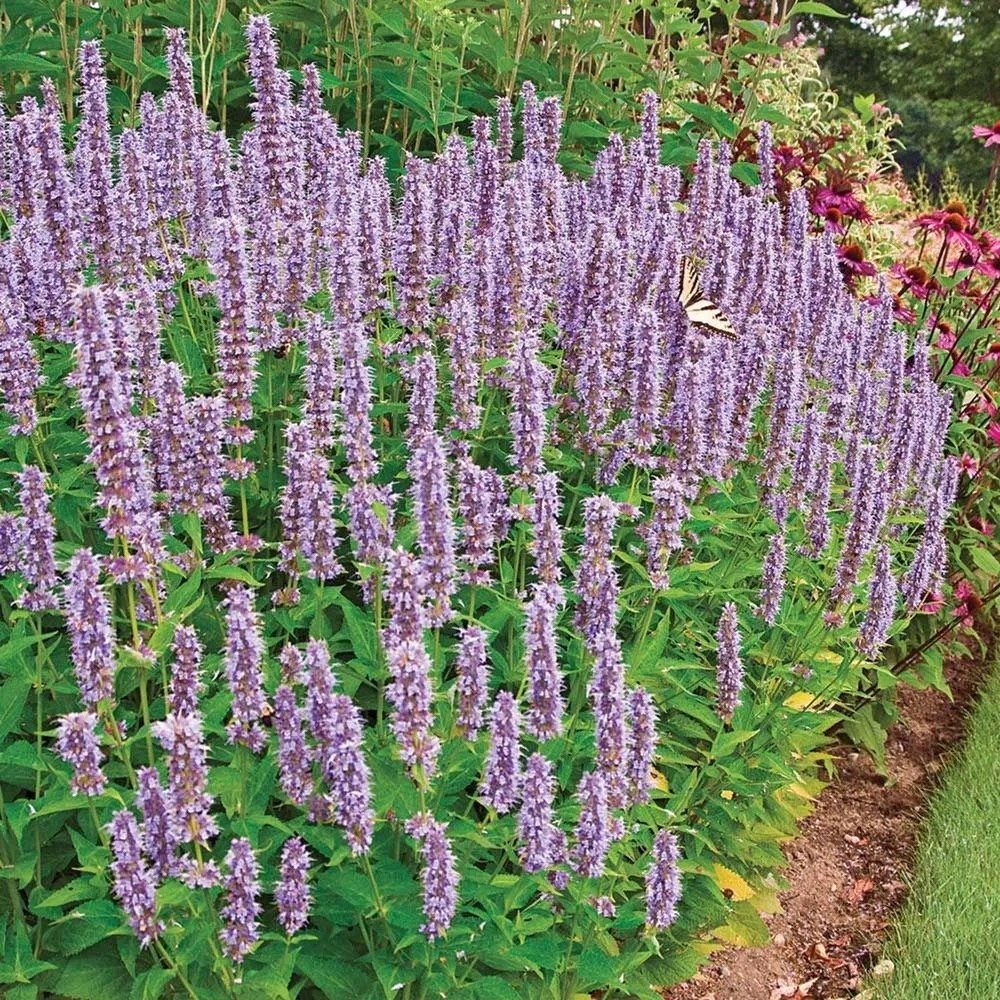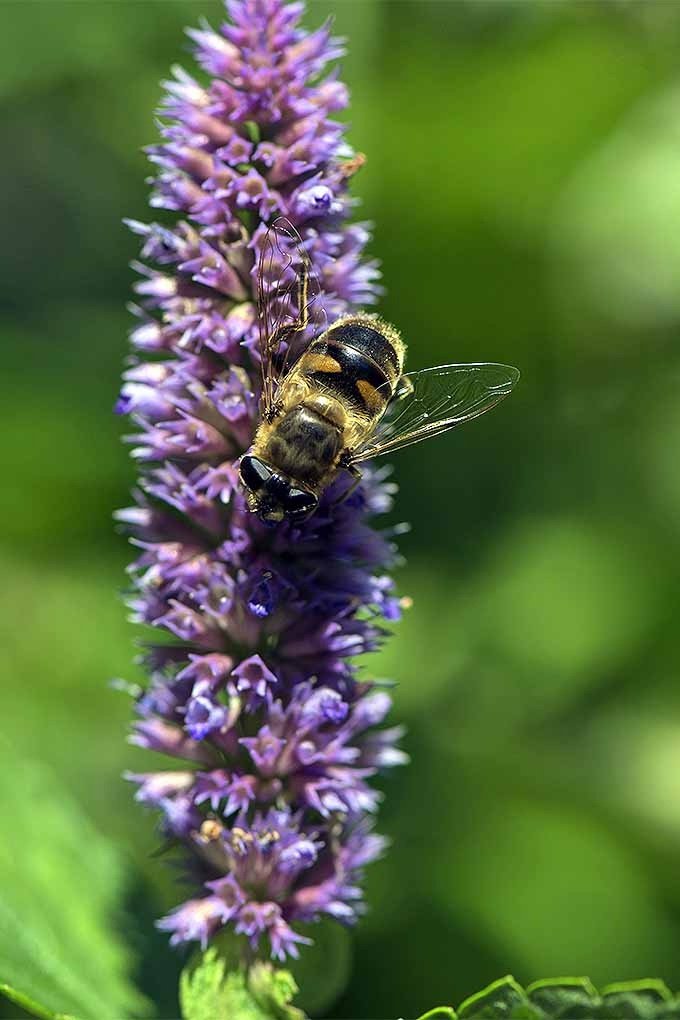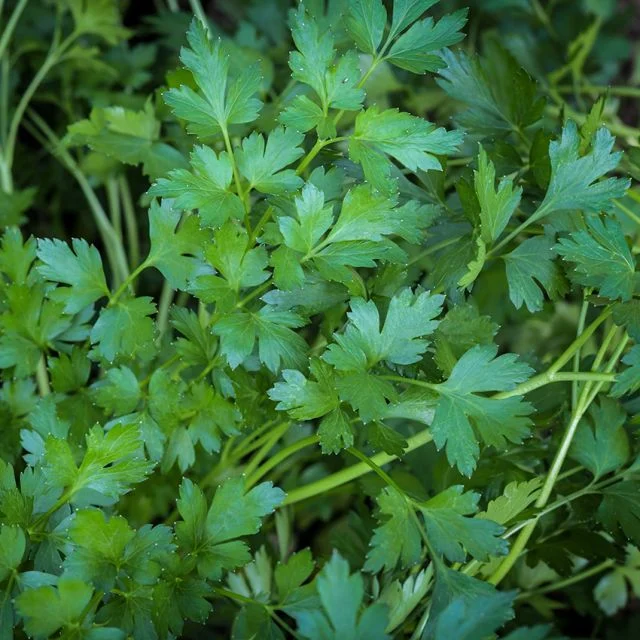Planting Information:
A. foeniculum seeds germinate well after exposure to cold and moist conditions. This process is called cold stratification.
The best way to start seeds is to sow them directly into the garden in early fall, so they can experience natural cold stratification during the winter months. In Austin, we do this in the fall. Unlike many seeds, those of A. foeniculum need light to germinate. Moisten the soil and sprinkle them on top about three inches apart, then gently press them down. Keep the soil moist over the winter months, watering just before it completely dries out. In the spring, the seeds will sprout. When the seedlings have at least two sets of true leaves and are fairly sturdy, thin them to a distance of 1.5-2’ apart to give them lots of space to reach their full size.

















